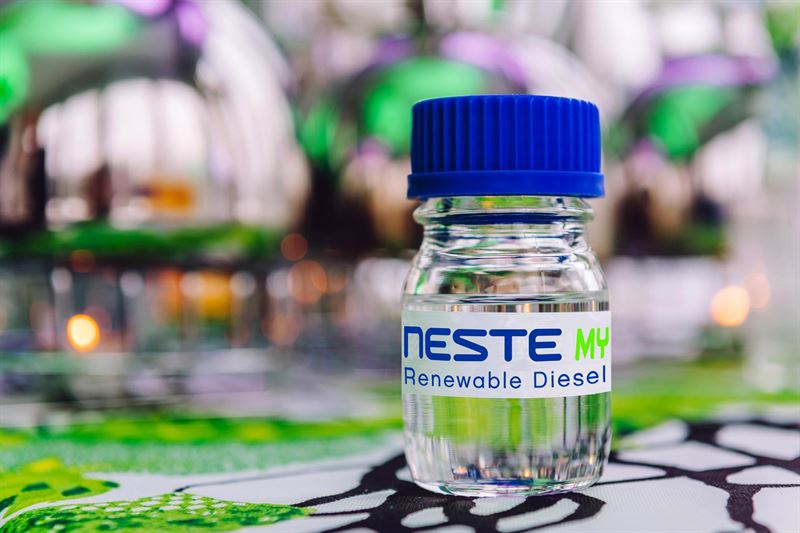Finland/United States – Finnish Neste is collaborating with PTL Marine to bring Neste MY Renewable Diesel to the marine sector throughout California.
The state’s maritime sector will have better access to renewable diesel thanks to this partnership. The California Air Resources Board (CARB) established the Commercial Harbor Craft (CHC) regulation, which went into effect on January 1, 2023. This law limits pollutants such as particulate matter and nitrogen oxides for vessels operating in the state’s ports and near the coast. It mandates commercial harbor craft vessels operating in the state to use renewable diesel instead of ultra-low sulphur diesel (ULSD). The use of diesel fuel on the water in Californian ports, marinas, navigable waterways, and marine navigation areas is governed by this rule.
Although ports are vital to the US economy, the US Environmental Protection Agency (EPA) claims that emissions from the usage of fossil fuels at ports have an adverse effect on public health and the environment. According to a CARB study, harbor craft with Tier 2 marine-certified engines can reduce their emissions of nitrogen oxides (NOx) by up to 11.8% and fine particle emissions by up to 26.6% when using renewable diesel instead of fossil fuel.
Neste MY Renewable Diesel
Furthermore, a readily available option to lower greenhouse gas (GHG) emissions is renewable diesel. Neste MY Renewable Diesel can lower greenhouse gas emissions by up to 75% throughout the course of its life cycle when compared to fossil diesel because it is made entirely of renewable raw ingredients that are obtained responsibly.
Neste MY Renewable Diesel may be utilized as a drop-in replacement in all diesel-powered boats without requiring changes to the engines, fuel distribution system, or new car fleets because it shares a similar chemical makeup with fossil diesel. Along with meeting all CARB requirements—including having a flash point of 140ºF or higher—it also performs well.
Neste can already produce 1.14 billion gallons, or 3.3 million tons, of renewable products annually on a global scale. Early in 2024, the manufacturing capacity will rise even more to 1.9 billion gallons (5.5 million tons).





